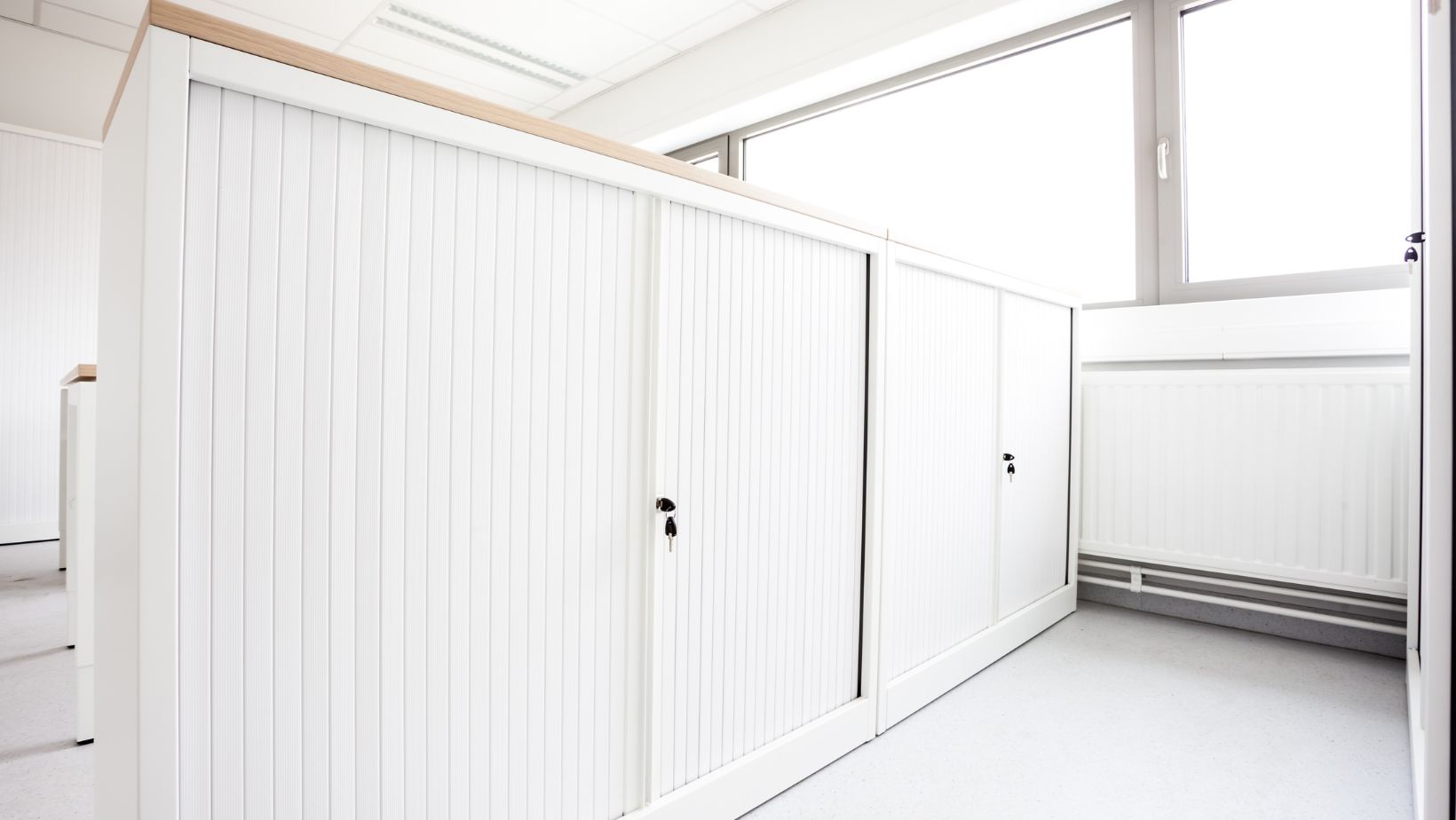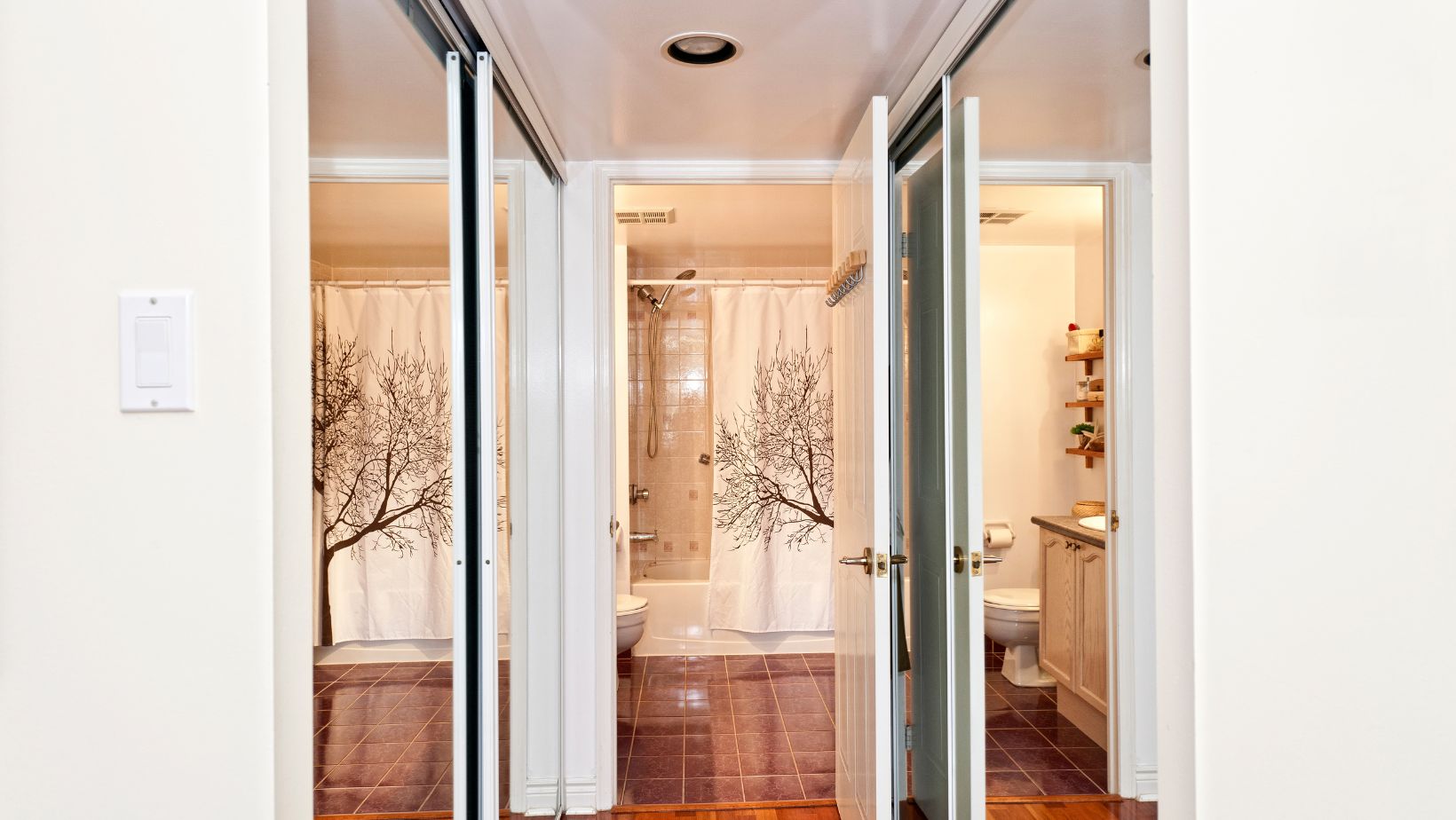
How to Put On Sliding Closet Doors
Are you tired of struggling with your sliding closet doors? Well, fret no more! I’m here to guide you through the process of putting on sliding closet doors with ease. Whether you’re installing new doors or replacing old ones, this step-by-step guide will help you achieve a seamless and functional closet door setup.
First things first, gather all the necessary tools and materials. You’ll typically need a measuring tape, screwdriver, level, drill (if not pre-drilled), screws or nails, and of course, the sliding closet door kit itself. Make sure to read the manufacturer’s instructions carefully before starting to ensure proper installation.
Next, measure the width and height of your closet opening accurately. This measurement is crucial as it will determine the size of the doors you’ll need. Remember to account for any trim or molding that might affect the dimensions.
Now comes the exciting part – installing your sliding closet doors! Start by attaching any necessary hardware according to the manufacturer’s instructions. This may include brackets, tracks, rollers, and guides. Once everything is securely in place, carefully hang each door onto its corresponding track.
Finally, adjust and fine-tune your newly installed sliding closet doors for optimal functionality. Ensure they slide smoothly by adjusting the rollers or guides as needed. Use a level to check for any unevenness and make adjustments accordingly.
By following these simple steps, you can transform your closet into a stylish and organized space with sliding doors that glide effortlessly. So go ahead and give it a try – it’s easier than you think!
Remember to take safety precautions while working with tools and always consult professional assistance if needed. Now let’s dive into detailed instructions on how to put on sliding closet doors!

Understanding the Different Types of Sliding Closet Doors
When it comes to sliding closet doors, there are various types available that can enhance the functionality and aesthetics of your space. Each type offers its own unique features and benefits, catering to different needs and preferences. In this section, I’ll walk you through some of the most common types of sliding closet doors to help you make an informed decision.
- Bypass Doors:
- Bypass doors are the most traditional and widely used type of sliding closet doors.
- They consist of two or more panels that slide past each other on a track.
- This design allows for easy access to either side of the closet without obstructing any space.
- Bypass doors are perfect for smaller rooms where swing-out doors may not be practical.
- Bi-Fold Doors:
- Bi-fold doors fold in half when opened, creating a compact footprint.
- They are ideal for closets with limited space as they don’t require much clearance.
- Bi-fold doors often feature multiple panels connected by hinges, allowing them to fold smoothly along a track system.
- Pocket Doors:
- Pocket doors are a great option if you want to maximize space in your room.
- These doors slide into a concealed pocket within the wall when open, completely disappearing from view.
- Pocket doors offer seamless integration with your room’s decor and can create a sense of openness and spaciousness.
- Mirrored Doors:
- Mirrored sliding closet doors serve dual purposes by adding functionality and style.
- They provide full-length mirrors that can be convenient for getting ready in the morning or checking your outfit before heading out.
- Mirrored doors also have the added benefit of making small spaces appear larger by reflecting light throughout the room.
- Louvered Doors:
- Louvered sliding closet doors feature horizontal slats that allow air circulation while maintaining privacy.
- These doors are commonly used in areas where ventilation is important, such as laundry rooms or utility closets.
- Louvered doors can also add a touch of elegance and sophistication to any space.
Remember, when choosing the right sliding closet doors for your needs, consider factors such as available space, style preferences, and functionality. Each type has its own advantages, so take your time to explore different options before making a decision that best suits your requirements.





